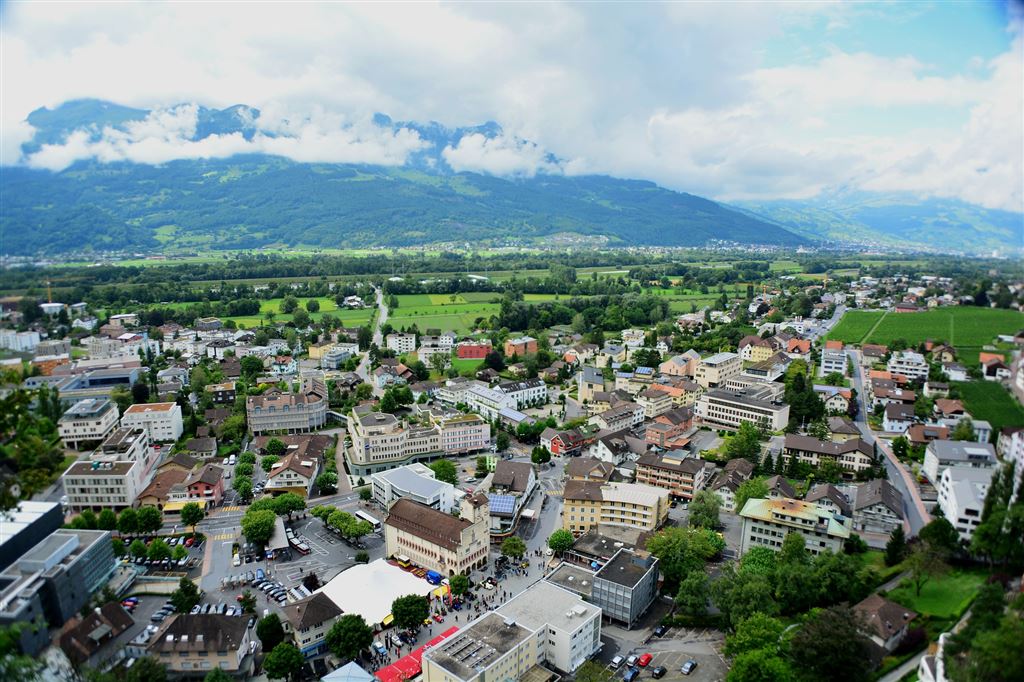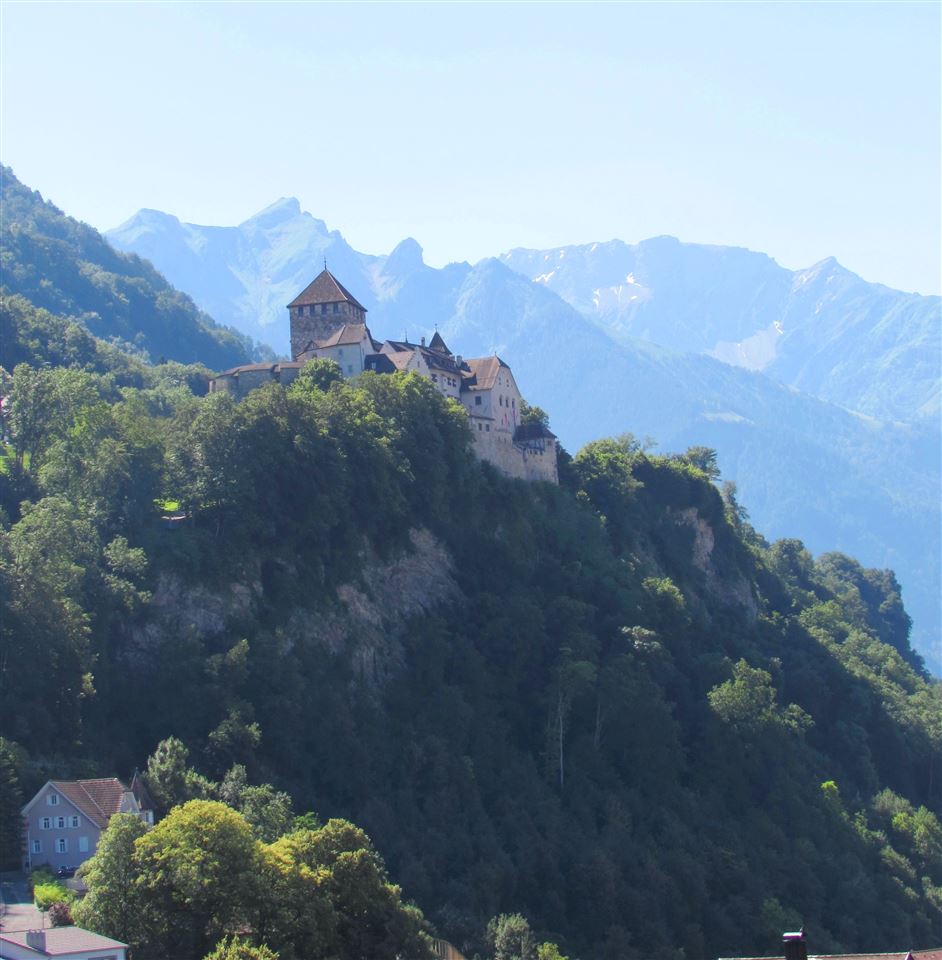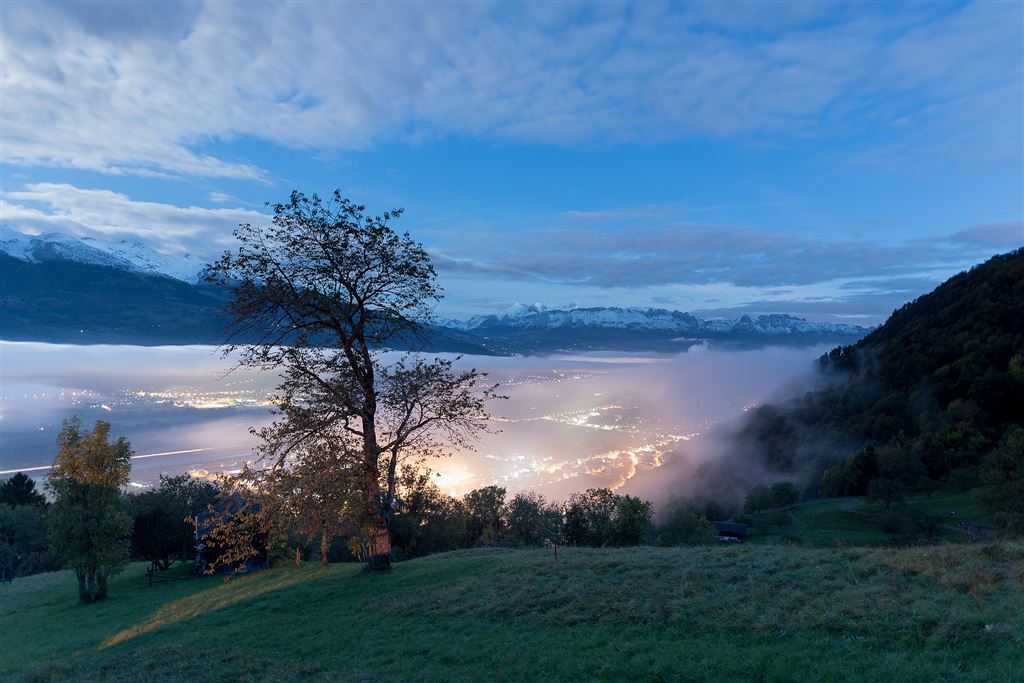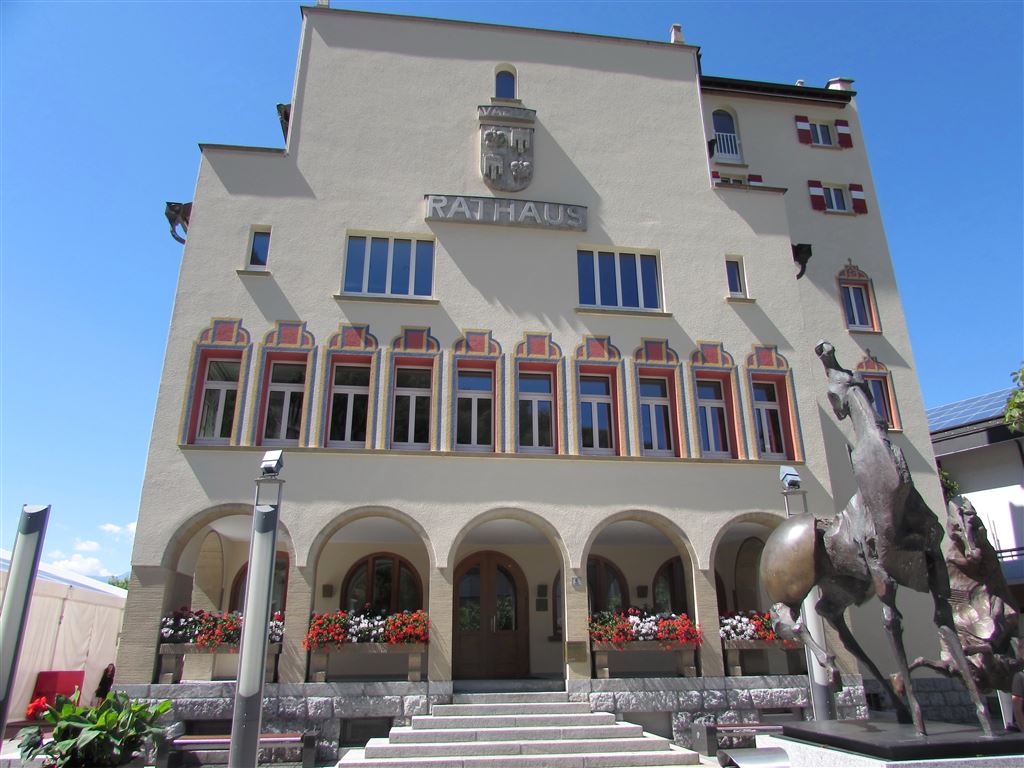“I came into another planet!” It was my first thought when I stepped into the city Schaan in the Principality of Liechtenstein.
Being the largest city in Liechtenstein, Schaan is the major point of connection with Switzerland. As the country does not possess an airport and has scarce rail traffic, the easiest way to reach Liechtenstein is to take a train to the nearest Swiss town Buchs and from there get on a bus taking to the city Schaan.
I entered into another Globe that seemed to be untouched and disconnected from the rest of the world… Disconnected but not tranquil… While I was organizing my travel to Liechtenstein, I fancied a land of peaceful dreams and unspoiled reality… Partly, it was the way I imagined, nearly everything except tranquillity. The flashy cars, motorbikes were in abundance in Liechtenstein that added a noisy routine to the entire image. Nevertheless, the Principality did seem to offer a safe living environment.
To get a broader feel of princely moments, let me start with brief information about Liechtenstein:
The Principality of Liechtenstein is a tiny country beautifully set on the banks of the river Rhine, in between Austria and Switzerland, The name of the country is composed of two German words- licht, meaning light and stein, meaning stone or rock. Supposedly, the whole meaning of the country is “light and rock”. Over a period, the name has seen variations, including Lichtenstein, Lichtensteen, Liechtenstein and other forms. The Princely family of Liechtenstein is one of the oldest noble families in Europe, with Reigning Prince Hans-Adam II von Liechtenstein as the head of the Monarchy. The capital of Principality is Vaduz. However, Schaan is the economic center of the country with over 4000 enterprises. The official language is German, although two Alemannic dialects are widely-used as well.
The Principality of Liechtenstein fascinates visitors with its pristine nature and unspoiled living environment. Magnificent nature of the country sprinkled with green hills adds extra allure to the Princely feel of the land.
Last year, I got the chance to visit Liechtenstein for a media trip supported by Liechtenstein Marketing.

I had the honor to spend three precious days in one of the tinniest Principalities on Earth. Spending only a few days in its capital Vaduz, I learned that luxury and glamour are not playing a leading role in the success and growth of one country. Even though Liechtenstein has in some way a rustic feel and boasts with simplicity, it preserves one of the most stable economies in Europe, with the capital Vaduz as an important financial center. Vaduz is referred to as “Staedtle” by its residents, which means “Small Town”. One shall not be surprised by this name, as the city counts with only 5 000 inhabitants. This association of being a small town is merely connected to the land area and the number of residents.
While strolling through the modern streets of Vaduz, over and over again I noted one unique characteristic of the city- the simplicity. Simplicity in architecture, simplicity in street design, and many other areas were highlighted in spite of the grand history of Vaduz and the Principality of Liechtenstein. The building in the picture below is the Liechtenstein Parliament, which once again emphasizes the simplicity of Liechtenstein's architecture.
The symbol of the country is Vaduz Princely Castle residing on a hilltop that is visible from nearly every angle of the city. However, it is not open for public visits. To have a glance at the icon of Liechtenstein from the bottom of the castle, there is a possibility to do so through a city train ride. Vaduz Castle was built in the 12th century, and its initial role was to serve as a fortress. The castle has been owned by the Princely Family only six centuries after its construction- in the year 1712.

Settled in between two elegant countries- Switzerland and Austria, Liechtenstein’s cuisine is largely influenced by the culinary culture of these two countries. Amongst the traditional specialties is Käsknöpfle, something sort of pasta, which is made of melted cheese, flour, eggs, water, and salt. To make it more delicate, applesauce can be added as a final touch. Ribel is another famed traditional dish of Liechtenstein that was previously a poor population’s meal, which is for one simple reason: the dish has only a few ingredients, with the cornmeal leading the feast. Advice for those who are planning to visit the Principality on a culinary voyage: travel to Liechtenstein in mostly a cold season, if you do not want to leave the country without tasting its two major traditional dishes. Those two are not being made and served in summer. Perhaps the reason for this is that their goal is to warm up one’s body and soul on a cold rainy day.
 Liechtenstein at Night
Liechtenstein at Night
Despite the tiny size of the Principality, Liechtenstein offers plenty of opportunities to spend one’s holidays in very diverse forms: hiking, climbing, culinary travel and wine degustation are the core of Liechtenstein’s travel experiences. But when it comes to fully-blended natural experiences, Liechtenstein is an idyllic place to recharge one’s mind and restore a balance between your inner world and the exterior world.
What to see and do in Vaduz
Kunstmuseum or Liechtenstein Museum of Fine Arts – is among the oldest private collections in Europe, settled in a modern era building. In line with an old collection, the Museum houses works of contemporary art.
Hilti Art Foundation which is just next door to Kunstmuseum, displays historical art samples of the last 150 years.
Vaduz Castle- the official residence of the Princely Family
Post Office and Stamp Museum- for philatelists this site should be paid special attention, as it preserves stamps of the Principality of Liechtenstein.
Parliament Building- located in Peter-Kaiser-Platz square, a few steps away from the Government Building. The Parliament is comprised of 25 members.
Vaduz Town Hall- comparably modern building that was constructed in 1932-1933.

The Prince of Liechtenstein Winery- home to Herawingerts vineyards in the Rhine valley.
The winery produces 2000 bottles of wine per year, of which only a few sorts are originally Liechtenstein wines. A delicate sample is the dessert wine Rosé Va Dolce. The major part of the wine types being sold is Austrian wines.
Old Bridge in Vaduz- the only wooden bridge in Vaduz lying over the river Rhine. The length of the bridge is 135 meters and can be accessed by foot or bike.
Eventually, feel those princely moments in Liechtenstein: put a stamp of The Principality on your passport to take back with you precious tangible memories, or try on a crown at Liechtenstein Tourismus and capture those moments to have a taste of Monarchy:
What to see in the surroundings of Vaduz
Guthenberg Castle in Balzers- built in the Middle Ages, the castle and adjacent rose garden are currently open for visitors (after restoration). In summer, the castle turns into a venue of many cultural events.
Triesenberg- mountain village, offering picturesque views and traditional cuisine, as well as proudly preserving the Walser culture
Hoop Vineyard in Eschen- if you think wine is not merely a drink, but an art and a way of being, and if your “wine mentality” aligns to theirs, in that “Wine should be a treat for all your senses”, this is a place to be.
Interesting facts about Liechtenstein
Of all the small countries in the world, Liechtenstein occupies the sixth place in the list.
Liechtenstein’s population is around 37 000, almost equal to the number of employed people in the Principality. Does this number equilibrium result in nearly no unemployment at all? Sounds impressive! That means this tiny Principality is so big in regards to its growth efforts!